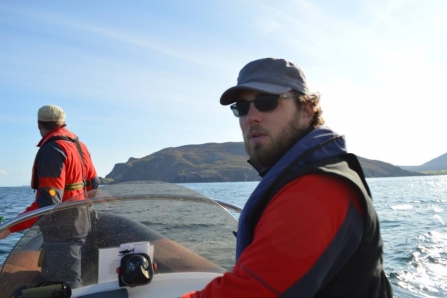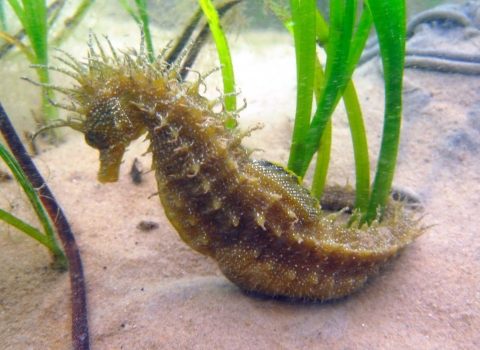
Donal Griffin, the Wildlife Trusts Living Seas Officer
What is Shoresearch?
Shoresearch is an amazing opportunity for sea and shore-lovers to develop into budding marine biologists. It’s a Wildlife Trust citizen science project that involves committed volunteers collecting scientific data on all the wonderful plants and animals found on the intertidal shore. So, if you enjoy exploring rockpools and turning over rocks to find all kinds of crabs, seaweeds and fish, why not take it to the next level and help us to search and survey a shore at your nearest Shoresearch event?


